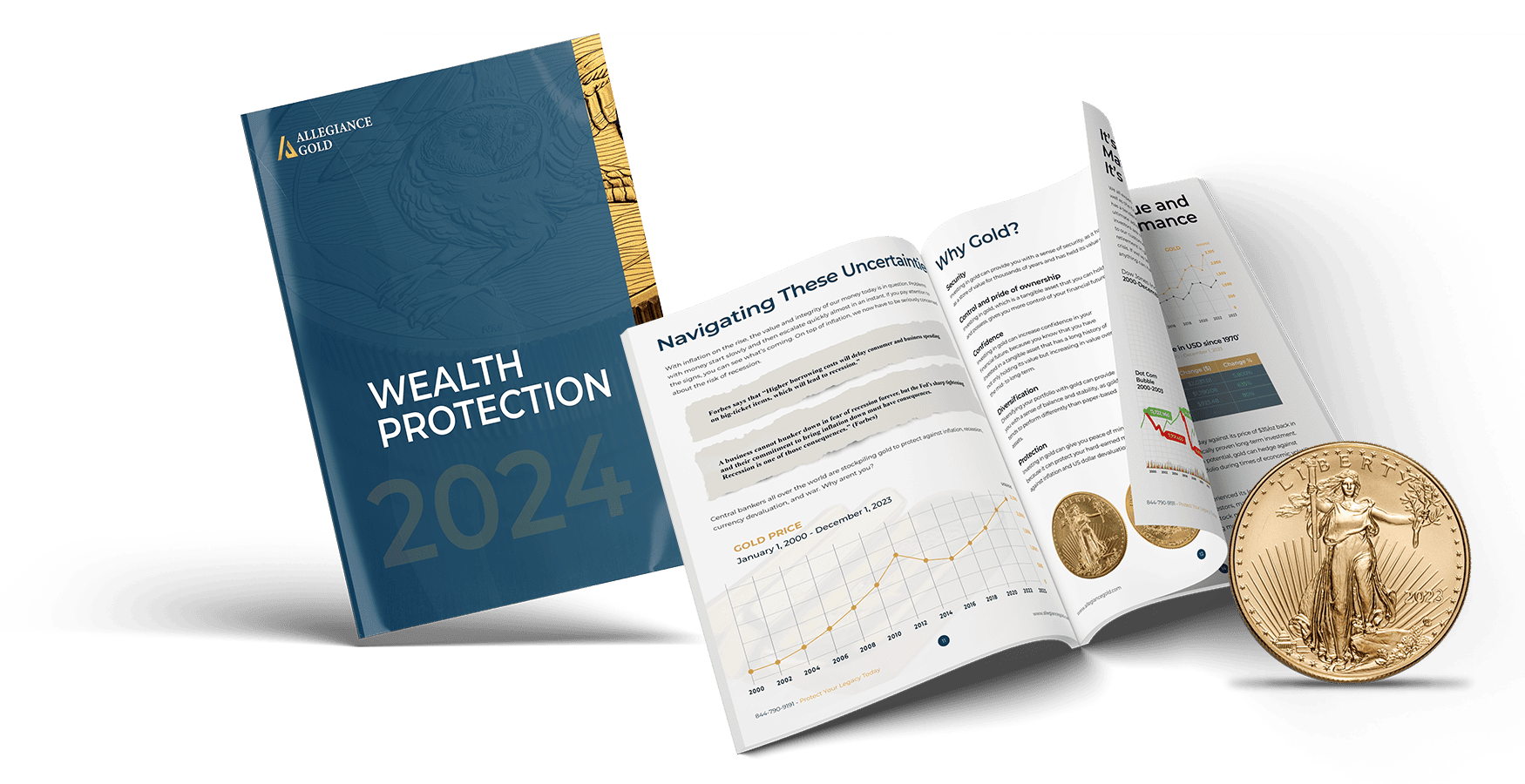Investment strategies are not created equally.
Do you remember the 2008 financial crisis? Do you remember the feeling of helplessness as stock markets seemed to be in a never-ending decline?
Most investors fell into one of two scenarios in the story of the bear market, let’s call our investors John and James.
They both got their start investing just before the dot com bubble of 2000. Each of them took a very aggressive, but relatively mainstream approach to invest, preferring exclusively to invest in stocks so as to maximize their investment returns.
They both did fairly well, making some money in the stock market prior to the dot com drop, and eventually, their investments recovered and by 2007, they each had $100,000 in their retirement accounts, however, their strategies began to diverge.
John trusted the performance of stock markets and believed that stocks would generally increase in the long run. No matter what transpired in markets, John believed that investing in stocks would be the best way to gain wealth. He continued to stick to stock markets regardless of their performance.
James wasn’t quite as certain about stocks being the best way to gain wealth. Or even maintain and protect wealth and investment gains.
The troubles that began in mid-2007 began to worry James. He was aware that there was a housing bubble, and once Bear Stearns and other firms began to experience difficulties, he decided to invest 50% of his retirement savings in gold. It was a bold move at the time, but did it pay off?
Stocks vs. Gold Performance
Let’s assume that both John and James invested in assets that achieved roughly the same performance as the Dow Jones Industrial Average and that the stock investments of that core $100,000 portfolio remain invested in similar assets.
If we start off in October 2007, when stock markets reached their pre-crisis peak. Both John and James had $100,000 invested in stock markets. But markets began their slow and steady decline during this month.
James grew increasingly worried about the stock market and opted to invest 50% of his portfolio in gold two months after the stock market peak, in December 2007. At this point, the Dow Jones had lost approximately 3% of its value. James invested 50% of the remaining $97,000 he had in gold, which was at $808.30 an ounce, purchasing about 60 ounces of the yellow metal.
Stock markets continued to slide as 2008 began, while gold gained. By March 14, 2008, the Dow was at 11,951.09, while the price of gold had risen to $1002.50 per ounce. John’s portfolio was decreasing, while James’s increasing, making the investment in gold worthwhile.
Numbers Don’t Lie
Many people wouldn’t believe that investing 50% of your portfolio in gold could leave you better off than investing 100% in stock markets, especially not in the middle of a bull market for stocks. But the numbers tell the whole story. If you’re an investor looking to build wealth over the long term, gold can definitely help build your wealth, not to mention protect you against extreme loss in the event of a stock market crash.
And with a gold IRA, you can easily roll over existing retirement assets from a 401(k), TSP, IRA, or similar account into a gold IRA, allowing you to benefit from investing in gold while still retaining the same tax advantages as a conventional IRA account. If you’re interested in protecting your wealth against loss in the short term and maximizing your wealth in the long term, do you want to invest like Jack or invest like Jim? Hopefully, the choice is clear.
Whether rolling over an existent retirement account to a gold IRA or purchasing minted coins to grow your wealth, the possibilities of protecting your investments are endless. To learn more about the best ways to secure your retirement savings, contact an Allegiance Gold Account Executive today!



 Custom Precious Metals IRA
Custom Precious Metals IRA



